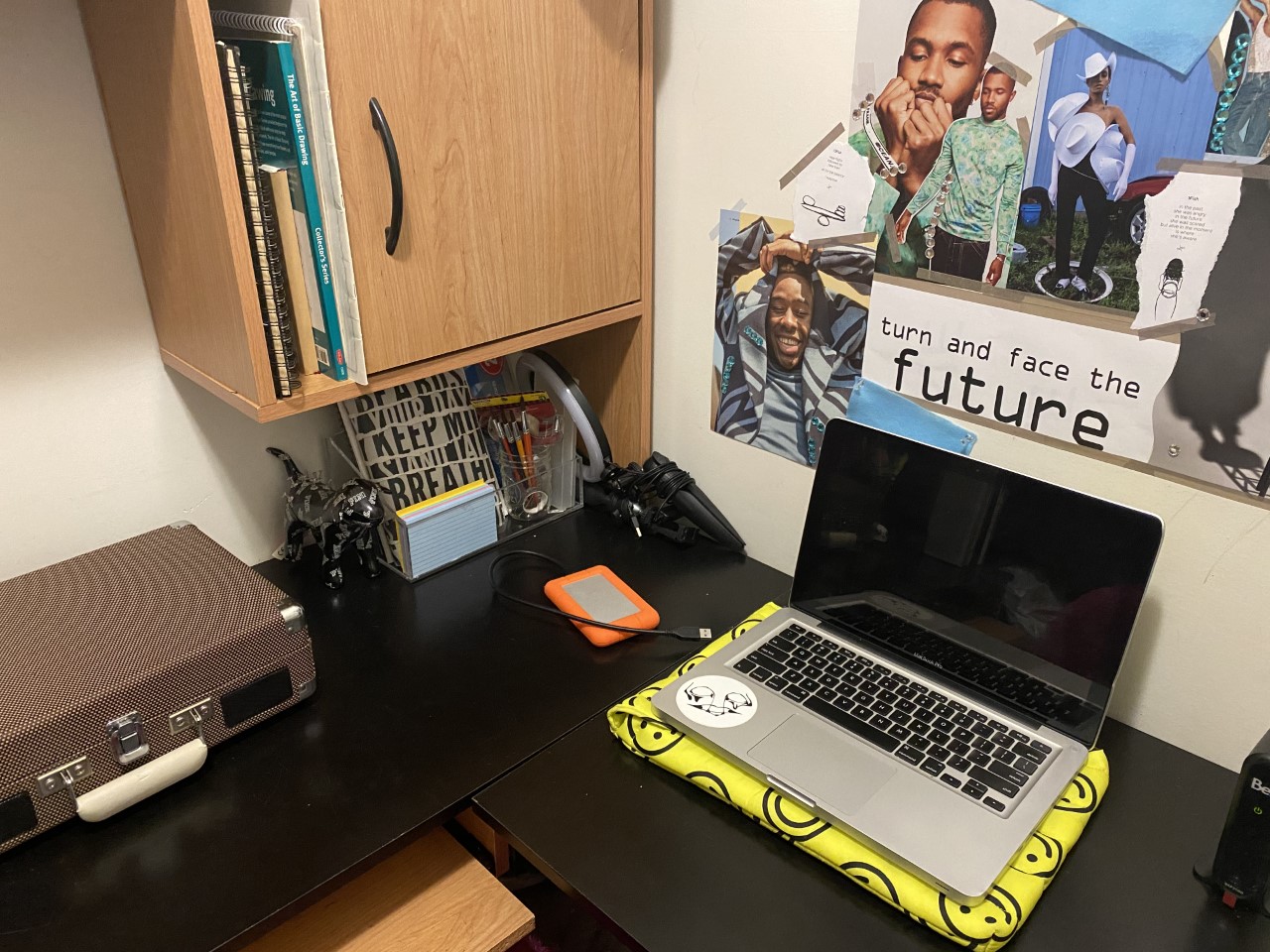Canadian post-secondary students believe virtual learning has affected education quality, according to a survey of Ontario Confederation of University faculty conducted.
The voluntary survey was conducted between Oct. 16 and 23, 2020, by the Ontario Confederation of University faculty polled 2,710 people, 502 students and 2,208 faculty.
The poll revealed 62 per cent of students and 76 per cent of faculty respondents felt online learning impacted the lack of interaction and engagement.

Christina Bellissimo, a fourth-year Human Resources Management student at Humber College’s Lakeshore campus in Toronto, said she finds it very hard to engage because she feels all alone and the collaborative environment is missing.
Tiffany Igbinosun, a second-year Advertising and Marketing student at Humber’s Lakeshore campus in Toronto, said she struggled with the disconnect between home and school being under the same roof.
The two students shared their challenges, coping mechanisms, and provide teachers with strategies for engagement amidst COVID-19.
“All of my professors read off the PowerPoint slides and rarely engage with the class; this makes it even more difficult to pay attention,” Bellissimo said.
The challenges of virtual learning made her think of ways to help cope with the lack of engagement which included changing her learning environment, taking breaks, and regrouping.
“When I am feeling unmotivated, I usually walk around and play with my dog, this helps me to regroup and feel motivated to do work,” she said.
Bellissimo decided to take action and express her concern about the lack of engagement to teachers and suggested ways to engage the class with the use of technology.
One of the teachers followed her suggestion and started to use learning programs, such as Kahoot, an online learning game, for about 10 minutes at the beginning of each class to test knowledge and engage the class, she said.
“It would be great if more teachers could try and engage by taking some time to ask us to write accomplishments we are proud of within the week, it makes us feel like teachers care about what is going on in our lives,” Bellissimo said.
“The collaborative and social aspects of learning are missing,” she said.
Other students say they’re frustrated with virtual learning and a lack of engagement.
“I realized my mindset shifted when I accepted our current reality and started making the most of my time,” Igbinosun said.
“The use of checklists helped her use her time effectively by writing down a list of tasks and checking them off when completed,” she said.
The types of classes she felt engaged her the most were ones that involved the use of breakout rooms, a feature on the Zoom platform that allows for smaller discussion groups outside of the main discussion.
“I believe that providing a combination of text and practicing in a group setting helps share opinions, and we can learn from one another, although some people are not fans of breakout rooms and may not feel comfortable participating,” Igbinosun said.
Overall, the challenge has not just been adapting to an online learning environment but also to a new way of life, she said.
“Work, school, and home life has become blurred due to the pandemic, and students are unable to physically go out and socialize; not having the separation between the three is frustrating,” she said.

